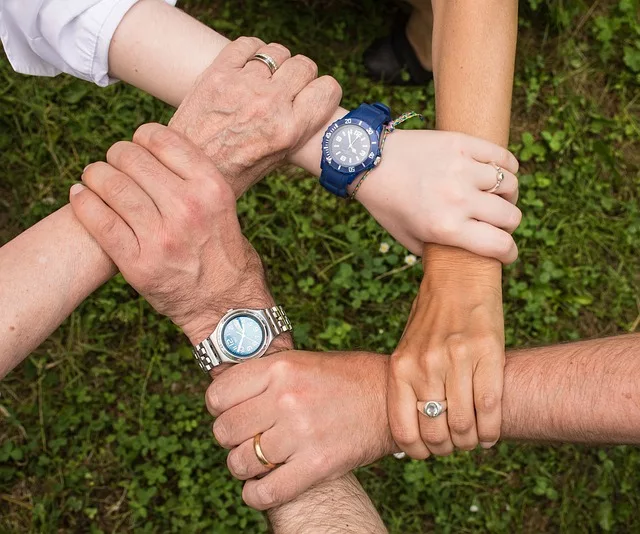There’s no arguing that the cigarette smoking culture in the United States has shifted in recent years. Cigarettes are rarely popularized in films and on television as in the past.
A vast majority of states have passed laws banning smoking in the workplace, as well as in communal spaces, and public awareness of the health risks related to smoking is at an all-time high.
That doesn’t mean, however, that Americans aren’t still lighting up and getting addicted.

According to the Centers for Disease Control and Prevention (CDC), the percentage of people smoking cigarettes is at an all-time low.
In 1965, 42 percent of adults were regular smokers compared to just fewer than 17 percent in 2014.
Yet, cigarettes are still the leading cause of preventable death in the United States, killing more than 480,000 people every year.
The agency’s most recent report, released in November 2015, also shed light on the different populations and parts of the country that are doing the most smoking.
For example, Midwesterners account for the highest rate of cigarette smokers in the country, while those aged 25 to 44 take the hit for the biggest demographic of smokers in the United States.
CDC Research About Cigarette Smoking Habits in the United States
- Individuals with the least formal education use cigarettes at higher rates. 43 percent of people with a GED smoke compared to 7.9 percent with an undergraduate degree
- Uninsured and underinsured individuals are more likely to smoke. Almost 28 percent of those without insurance smoke, compared to just under 13 percent of people with private insurance
- Along ethnic lines, Asians smoke the least at 9.5 percent and American Indians, as well as Native Alaskans, have the highest rate of smoking at 29.2 percent
- Heavy smokers, people smoking 30 or more cigarettes per day fell by half, from 12.7 percent in 2005 to 6.9 percent in 2014
What About Vaping and e-cigarettes?
Anti-smoking groups are not jumping for joy, though. Critics point out that the number of high schools and middle school students smoking electronic cigarettes increased significantly from 2013 to 2014.
There is in fact evidence that suggests e-cigarettes, which vaporize nicotine liquid laced with various flavors, such as cotton candy, chocolate, pina-colada and many others, are more popular than regular cigarettes.
“It’s a really bad thing,” Tom Frieden, director of the CDC, told The Washington Post, “and it’s subjecting another generation of children to an addictive substance.”
The e-cigarette industry is not currently regulated, though there is growing pressure for the federal government to step in and control this booming industry.
The health risks of using e-cigarettes, or “vaping,” as an alternative to cigarettes are up for debate. Some experts suggest that vaping is safer than smoking because there is no combustion and fewer chemicals, but research has also suggested that inhaling the chemicals used to flavor e-cigarettes could cause harm over time.
Regardless of whether the good news outweighs the bad news, addiction is still a very serious disease.
Nicotine triggers neurotransmitters in the brain associated with pleasure, and the likelihood for younger users to seek out other substances that produce more intense euphoria might be high.
Treatment for addiction to nicotine, alcohol or drugs can save lives and help those trapped in a destructive cycle to regain a better quality of life.
Related:
Hooked on Hookah: Is It Really That Bad?
How Much Nicotine Do JUUL Pods Contain?





